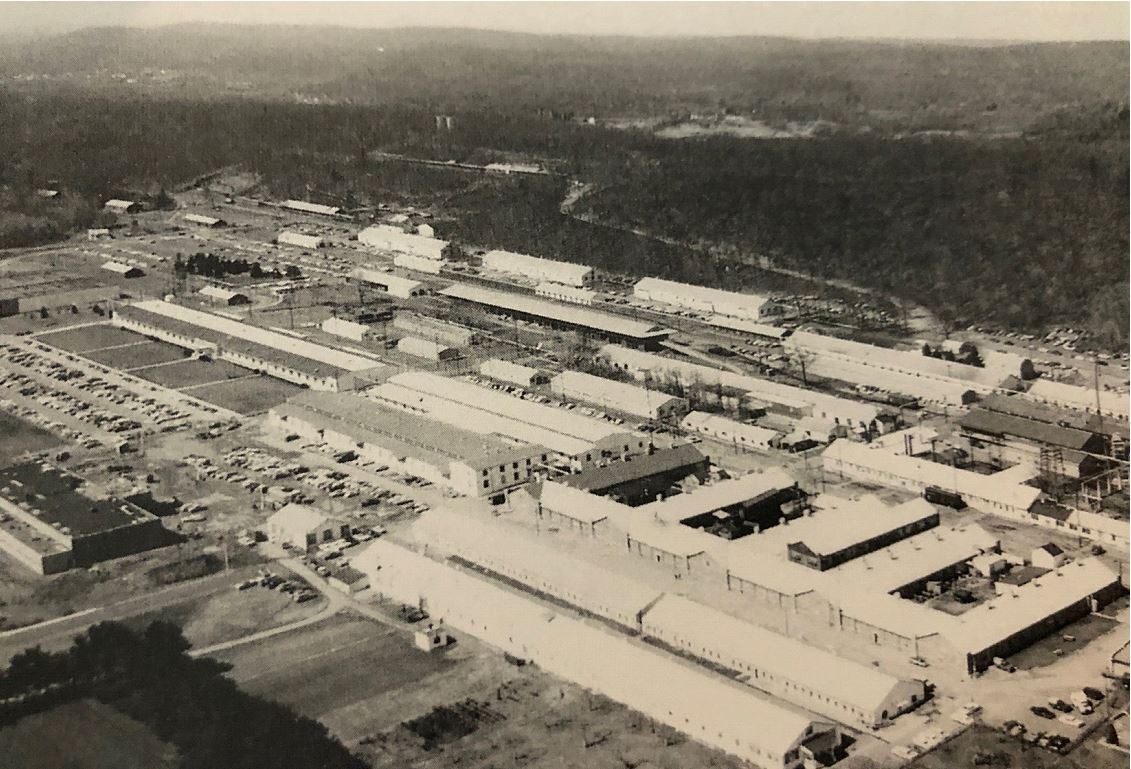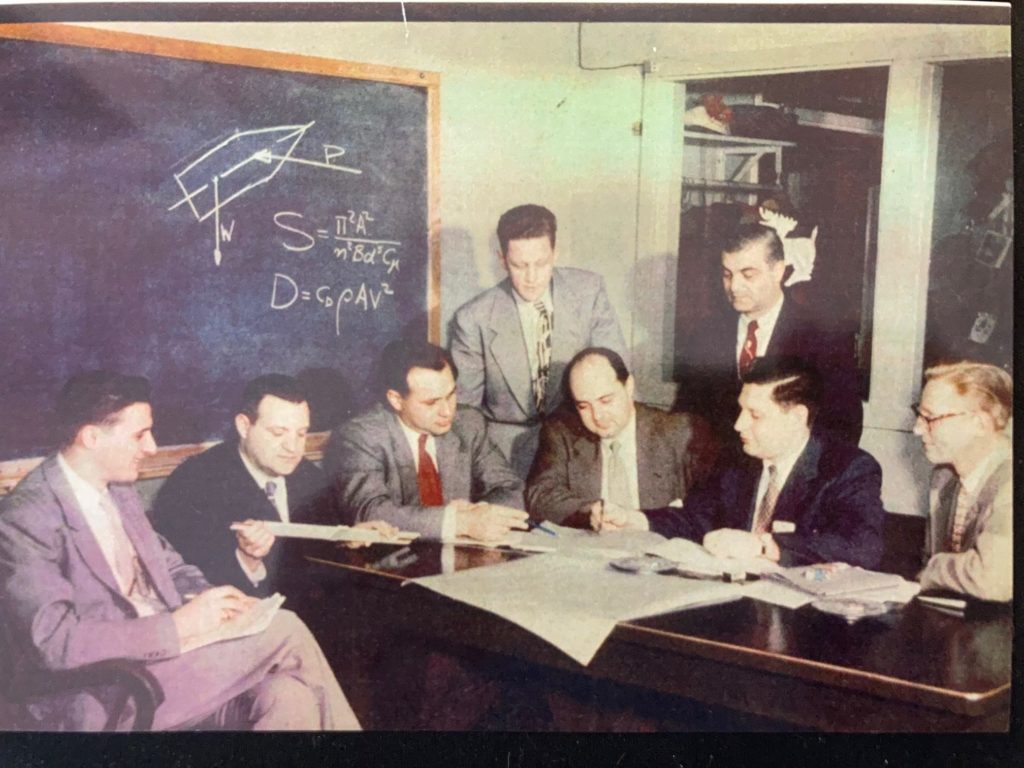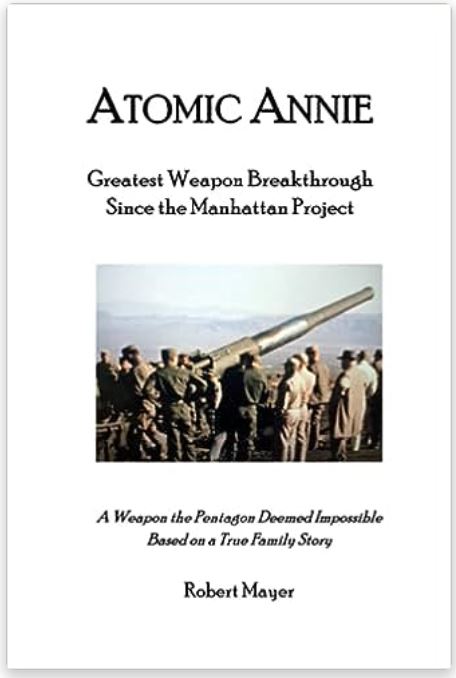The United States government estimates were that the USSR would not develop an atomic bomb until 1954. As the “Iron Curtain” of the Soviets descended on Eastern Europe after World War II, western European countries were under the constant threat of Soviet expansionism. The Soviets believed, as they do today that there cannot be any threats on their borders.
In response to our European Allies concerns, the NATO Alliance was formed with the US proclaiming any attack on our Allies will be responded to as if it is an attack on the United States. NATO formed in April of 1949 and the Soviets exploded their first Atomic Bomb just 4 months later in August of 1949.
In less than a year, Stalin the Soviet leader decided to “flex” his muscle supporting the North Korean communist invasion of South Korea.
This Blitzkrieg of Soviet built tanks into South Korea was the first ground war since the end of World War II. It not only surprised the United States but also
Concerned our military leaders that it was a deception to get the US to deploy their military to Korea so the Soviets could move into Western Europe, specifically West Germany. The USSR wanted the post-war divided countries, both Korean and Germany, under communist rule.
The invasion of South Korea was met with little resistance and the US weapons the South Koreans had were relics of World War II and ineffective against the newer, stronger Soviet tanks. Within the first 10 days of the war the South Koreans were forced to the tip of the peninsula and facing annihilation as their 11 divisions were opposed by 14 Soviet divisions.

During this standoff at the southern tip of Korea – Picatinny Arsenal was summoned to emergently provide a larger Bazooka to combat the Soviet tanks.

The South Korean and US Army had been using the 2.36 inch Bazooka, or Anti-Tank Rocket. This was totally ineffective as infantry were found killed and crushed by the Soviet tanks with their bazooka rifles in hand.





